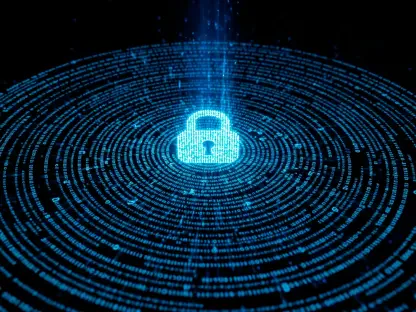In today’s world, digital security faces a formidable challenge as advancements in deepfake audio technologies threaten to undermine established defenses. The rise of deepfake audio replay attacks, which involve playing and re-recording synthetic audio to bypass detection models, presents a pressing challenge. This evolving threat primarily impacts enterprises, where voice cloning is exploited for vishing (voice phishing) and impersonating authority figures, risking unauthorized access to sensitive information.
Emerging Threat Overview
Deepfake audio technologies have recently advanced significantly, raising substantial concerns about their potential misuse. These technologies can convincingly replicate speech patterns, tone, and nuances, enabling the creation of manipulated audio that appears authentic. This advancement has significant implications for cybersecurity, particularly in preventing vishing attacks that rely on synthetic voices to deceive and exploit unsuspecting victims.
The increasing sophistication of these technologies highlights their broader relevance not only to national security but also to everyday interactions and business operations. As voice cloning becomes more widely accessible, the potential for replay attacks against vulnerable systems and the threat they constitute become clear. Understanding the mechanisms of these technologies and how they can be detected and mitigated is critical for developing effective countermeasures.
Methodology, Findings, and Implications
Methodology
The research adopted a rigorous approach, utilizing datasets such as M-AILABS and MLAAD for training voice synthesis and detection models. The researchers developed a test comprising 109 distinct speaker-microphone setups across four text-to-speech models and six languages. This resulted in a comprehensive dataset called “ReplayDF,” with 132.5 hours of audio specifically crafted to challenge existing detection models with varied acoustic environments.
Findings
Significant findings emerged, revealing a profound vulnerability in current detection frameworks when confronted with replay attacks. The research demonstrated a notable increase in error rates, with detection algorithms struggling to differentiate between original and replayed synthetic audio. Interestingly, background noise did not greatly affect detection accuracy; rather, the quality of audio samples played a crucial role. Attempts to improve resilience using room impulse responses delivered only modest gains in accuracy, underscoring the robustness required in future models.
Implications
The implications of these findings extend across both practical and theoretical domains. Practically, they highlight vulnerabilities that require immediate attention to secure communication systems against potential breaches. Theoretically, the research points to the need for evolving detection methodologies capable of adapting to the dynamic nature of audio synthesis technologies. This advancement will be critical in ensuring robust defenses against unauthorized access and protecting sensitive information.
Reflection and Future Directions
Reflection
Reflecting on the research process reveals invaluable insights into both the challenges encountered and potential areas for improvement. Overcoming difficulties associated with diverse acoustic environments required extensive testing and iterations. The study could have broadened by exploring additional languages or synthesizer models, adding depth to the current findings and enhancing the detection framework.
Future Directions
Looking ahead, further research should focus on expanding the scope of replay attack scenarios, exploring diverse linguistic and cultural contexts. This will be vital in understanding global implications and ensuring comprehensive protection measures. Investigating innovative defensive techniques, subject to dynamic changes in technology and societal behavior, will help build stronger safeguards against deepfake audio threats.
Summary and Call to Action
This study’s key takeaways underline the urgent need to develop more sophisticated detection mechanisms. Deepfake audio replay attacks have emerged as a severe threat, outpacing current detection capabilities. Addressing this threat requires a multifaceted approach involving enhanced scientific inquiry, industry collaboration, and awareness. Future strategies should prioritize innovation in detection technologies and foster resilience against continually evolving digital threats.









